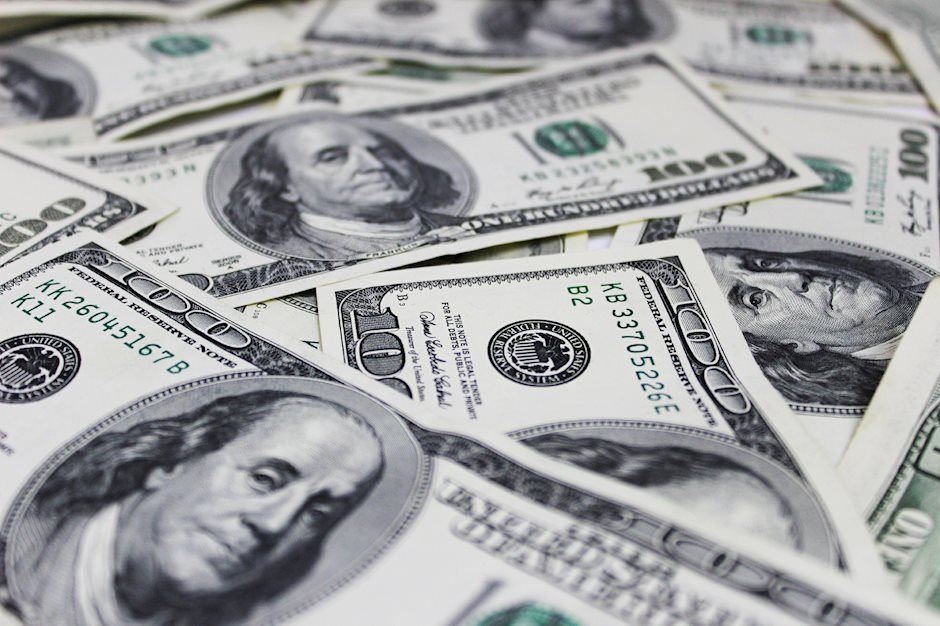US Dollar trades in the red following soft ISM PMI
- The DXY Index trades bearishly at 103.7, marking a weak end to the week.
- US ISM Manufacturing PMI came disappointingly lower at 47.8, far off the anticipated 49.5.
- The expectations for the easing cycle to start in June remain intact.

The US Dollar Index (DXY) initiates a new month of trading on Friday with a slightly lower open at the 103.7 level. This fall is primarily driven by a contraction in the US manufacturing sector in February. Despite an overall slump in the manufacturing sector’s performance, Federal Reserve (Fed) officials maintain poker faces and have refused to start cutting rates.
In the meantime, while the US economy is displaying mixed signs, the markets are aligned with the Fed’s forecasts and are now expecting 75 bps of easing in 2024, starting in June.
Daily digest market movers: US Dollar weakens as ISM PMIs display signs of softness in US economic activity
- Data from the Institute for Supply Manufacturing (ISM) reveals weak figures for February. The report revealed that the Manufacturing PMI dropped to 47.8 from 49.1 in January, significantly missing the market expectation of 49.5.
- Manufacturing Prices came in at 52.5 versus the previous 52.9, while the Employment Index declined to 45.9 from 47.1.
- The New Orders Index retreated to 49.2 from 52.5.
- For upcoming Fed meetings, markets have priced in a hold at the next March meeting, and the odds of a cut remain low for May. For the June meeting, those probabilities rise to 50%, according to the CME FedWatch Tool.
Technical analysis: DXY bulls fail to hold the line and retreat below the 100-day SMA
The indicators on the daily chart reflect a mixed outlook for the index. The Relative Strength Index (RSI) is in positive territory but demonstrates a negative slope, which signifies a loss in buying momentum and a potential shift in market sentiment. However, it remains in the positive region, indicating that the buying force, though weakening, is still in place.
Meanwhile, the flat red bars of the Moving Average Convergence Divergence (MACD) paint a picture of a temporary stall in the trend, pointing to an indecisive market.
In terms of the Simple Moving Averages (SMAs), the index trades below the 20 and 100-day SMAs, suggesting that it has been experiencing some short-term selling pressure. Yet, the fact that it remains above the 200-day SMA indicates that the longer-term uptrend is still intact, revealing that bulls are managing to sustain their stance against bearish forces in the grand scheme of things.
US Dollar FAQs
What is the US Dollar?
The US Dollar (USD) is the official currency of the United States of America, and the ‘de facto’ currency of a significant number of other countries where it is found in circulation alongside local notes. It is the most heavily traded currency in the world, accounting for over 88% of all global foreign exchange turnover, or an average of $6.6 trillion in transactions per day, according to data from 2022.
Following the second world war, the USD took over from the British Pound as the world’s reserve currency. For most of its history, the US Dollar was backed by Gold, until the Bretton Woods Agreement in 1971 when the Gold Standard went away.
How do the decisions of the Federal Reserve impact the US Dollar?
The most important single factor impacting on the value of the US Dollar is monetary policy, which is shaped by the Federal Reserve (Fed). The Fed has two mandates: to achieve price stability (control inflation) and foster full employment. Its primary tool to achieve these two goals is by adjusting interest rates.
When prices are rising too quickly and inflation is above the Fed’s 2% target, the Fed will raise rates, which helps the USD value. When inflation falls below 2% or the Unemployment Rate is too high, the Fed may lower interest rates, which weighs on the Greenback.
What is Quantitative Easing and how does it influence the US Dollar?
In extreme situations, the Federal Reserve can also print more Dollars and enact quantitative easing (QE). QE is the process by which the Fed substantially increases the flow of credit in a stuck financial system.
It is a non-standard policy measure used when credit has dried up because banks will not lend to each other (out of the fear of counterparty default). It is a last resort when simply lowering interest rates is unlikely to achieve the necessary result. It was the Fed’s weapon of choice to combat the credit crunch that occurred during the Great Financial Crisis in 2008. It involves the Fed printing more Dollars and using them to buy US government bonds predominantly from financial institutions. QE usually leads to a weaker US Dollar.
What is Quantitative Tightening and how does it influence the US Dollar?
Quantitative tightening (QT) is the reverse process whereby the Federal Reserve stops buying bonds from financial institutions and does not reinvest the principal from the bonds it holds maturing in new purchases. It is usually positive for the US Dollar.
Author

Patricio Martín
FXStreet
Patricio is an economist from Argentina passionate about global finance and understanding the daily movements of the markets.

















